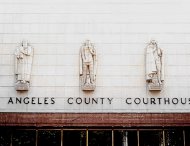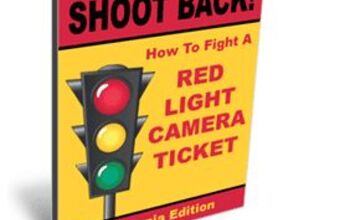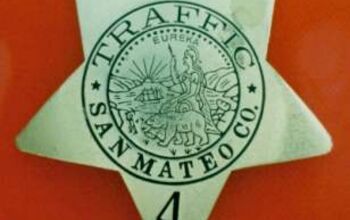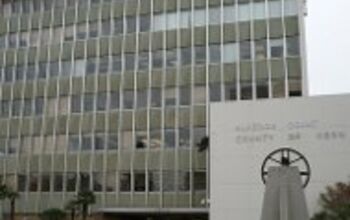California: Los Angeles Court Defends Red Light Cameras
A Los Angeles County, California court last month distanced itself from judicial colleagues in defending the use of red light cameras. A three-judge appellate division panel on February 14 upheld the validity of photo ticketing despite the contrary holdings of the appellate division in Alameda, Kern, Orange, San Bernardino and San Mateo counties.
The Orange County court’s Khaled decision ( view case), whose publication was endorsed by the state’s second highest court, argued that defendants were denied their right to cross-examine the evidence against them when the only live witness is a police officer who has no direct knowledge of anything related to the alleged offense. The US Supreme Court’s Melendez-Diaz case reiterated the importance of the Confrontation Clause when considering evidence in a criminal case. Without a sufficient foundation, the Orange County court found the evidence in a automated ticketing case to be inadmissible hearsay. The Los Angeles judges argued that it did not matter that the officer lacked direct knowledge.
“The officer provided expert testimony regarding the operation of the ATES and the photographs it produces based on information he had from city traffic engineers and Redflex as well as his experience with images obtained from the cameras,” Kumar wrote. “The data bar affixed to the bottom of the photographs was not hearsay, insofar as it was not inputted by a person but, rather, was generated by the ATES once the system’s sensors were triggered by appellant. The purpose of the hearsay rule is to subject the declarant to cross-examination in order to bring to light any falsities, contradictions, or inaccuracies that may not be discernible in the declarant’s out-of-court statement.”
The Los Angeles judges affirmed the conviction of the motorist who had challenged her ticket. Out of each $440 red light camera ticket collected, the Los Angeles County court system receives a $42.90 cut, generating millions a year in revenue.
A copy of the decision, courtesy of highwayrobbery.net, is available in a 100k PDF file at the source link below.
California v. Goldsmith (California Superior Court, Appellate Divison, 2/14/2011)
[Courtesy: Thenewspaper.com]
More by The Newspaper
Latest Car Reviews
Read moreLatest Product Reviews
Read moreRecent Comments
- ToolGuy Why would they change the grille?
- Oberkanone Nissan proved it can skillfully put new frosting on an old cake with Frontier and Z. Yet, Nissan dealers are so broken they are not good at selling the Frontier. Z production is so minimal I've yet to see one. Could Nissan boost sales? Sure. I've heard Nissan plans to regain share at the low end of the market. Kicks, Versa and lower priced trims of their mainstream SUV's. I just don't see dealerships being motivated to support this effort. Nissan is just about as exciting and compelling as a CVT.
- ToolGuy Anyone who knows, is this the (preliminary) work of the Ford Skunk Works?
- Kwik_Shift_Pro4X I will drive my Frontier into the ground, but for a daily, I'd go with a perfectly fine Versa SR or Mazda3.
- Zerofoo The green arguments for EVs here are interesting...lithium, cobalt and nickel mines are some of the most polluting things on this planet - even more so when they are operated in 3rd world countries.


































Comments
Join the conversation